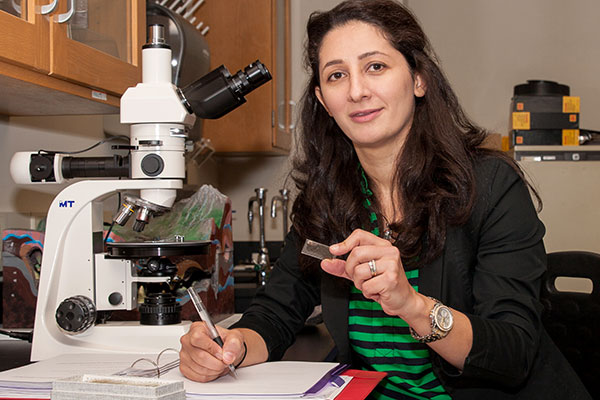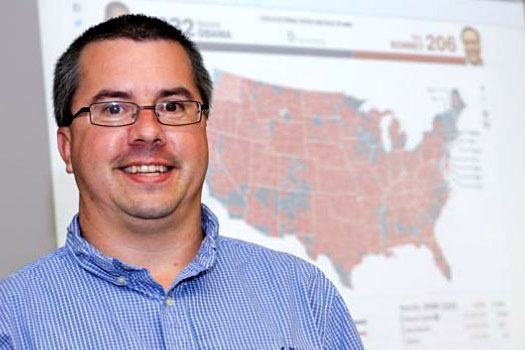Yu Sun
I earned my Ph. D. degree from the University of Cincinnati, Ohio, in 2014. I also earned the M.A. degree from the Department of Geography at the same university. My undergraduate degree in geographic information systems with a concentration in civil engineering and surveying was earned in China.
Currently, I am teaching “Introduction to Physical Geography” and “Geographic Information Science” courses this fall and I’m looking forward to adding additional courses in the spring.
I feel that this field is very exciting because physical/ environmental geography affects all of us. The interactions between human and the environment cannot be separated. By using advanced geospatial techniques to analyze changes and predict future patterns, policies, planning, and management of the environment is significant.
By being active in service and research or scholarship activities, I remain current about the latest technologies. I enjoy working with research groups of faculty and students because these collaborations are inspirational. Our conversations always give me fresh ideas to explore.
I'm new at UNG, but earning my Ph.D. degree was very important to me because it took a lot of time and commitment. Through my research at the University of Cincinnati, I’ve been involved in the comprehensive U.S. EPA water resource adaptation program (WRAP). One goal of this research is to examine water resources and its infrastructures in order to address future changes. One example of this research is the analysis of the changing quantity and quality of water resources in the arid Las Vegas Valley and Lake Mead area. On a personal note, my involvement in this project has led to published articles in peer-referred journals, too.
My number one goal is to instill critical thinking in all my students. After graduation they have several options from entering the work force through industry or government positions or attending graduate school. The IESA courses provide them with useful advanced skills and techniques which they can immediately apply in the workforce. But they also need to think about the research side of this interdisciplinary science to identify problems and apply the most appropriate techniques to gather data and answer their research questions. By my bridging the gap between theory and practice, I expect all my UNG students to be ready to successfully face their futures.
My research and special interests include GIS, Remote Sensing, Geospatial Modeling, Human-Environment Interactions, Watershed Modeling and Sustainable Water Resource Management, Land Use/Cover Change, Climate Change, Regional Planning, Population and Public Health, Civil Engineering and Surveying.

